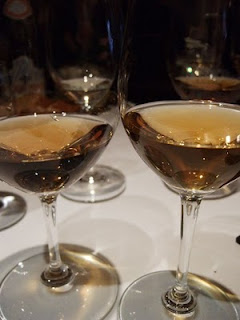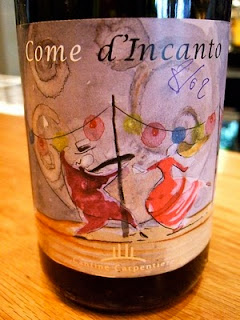
I was going to flag up what struck me as a bit of a bargain in the Co-op at the moment which is selling the Perrin Nature Côtes du Rhône for £6.99. That not only makes it £2 cheaper than their normal retail price of £8.99 but a full £4.50 cheaper than it costs in Oddbins (Unless you buy six bottles in which case you get a 20% discount but even then it's more expensive than the Co-op.) Given that it's organic and comes from the 2009 vintage you'd think you were onto a winner.
Hmmmm - I'm not so sure. It's curious. A big generous wine, certainly (14.5%), but oddly one dimensional. A bit flat and lacking in acidity. I thought it might be because it's 95% grenache which could make it a little unbalanced but I suspect the answer lies in the 'intriguing wine making process' to which the Oddbins website refers here.
Apparently the Perrins flash heat the grapes to 80°C for 30 seconds then cool them down to 20°C to 'extract maximum colour and aroma compounds'. It also apparently destroys bacteria and early oxidation. Sounds to me remarkably like pasteurisation which would account for its blandness.
Interestingly the back label suggests you should serve the wine at 15°C, presumably to zip it up a bit.
It confirms a nagging feeling I've had for a while that organic on a label is not enough. OK the process doesn't involve chemicals but it's not really in the spirit of organic winemaking is it? I just don't think you can regard this as a natural wine.





